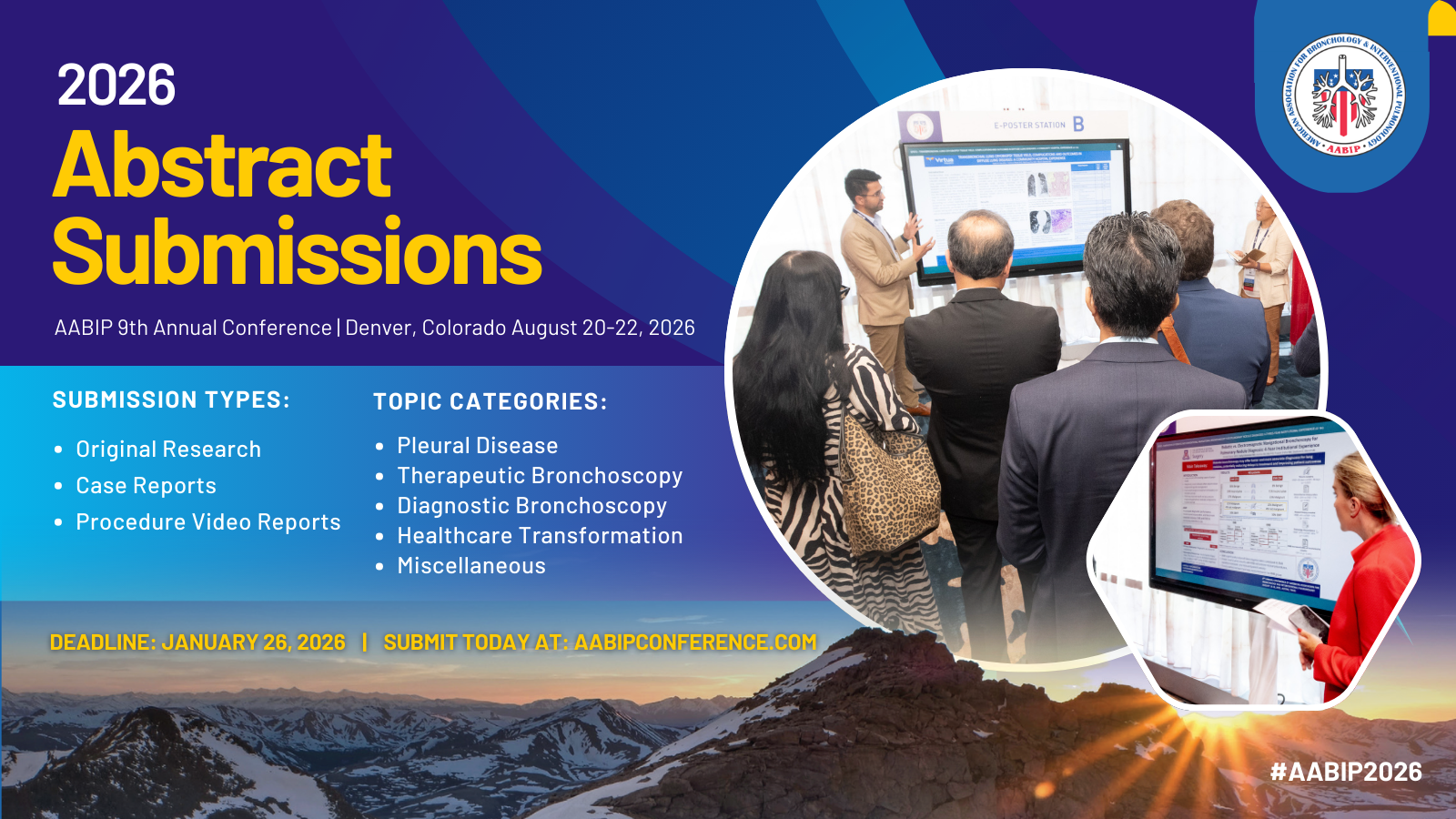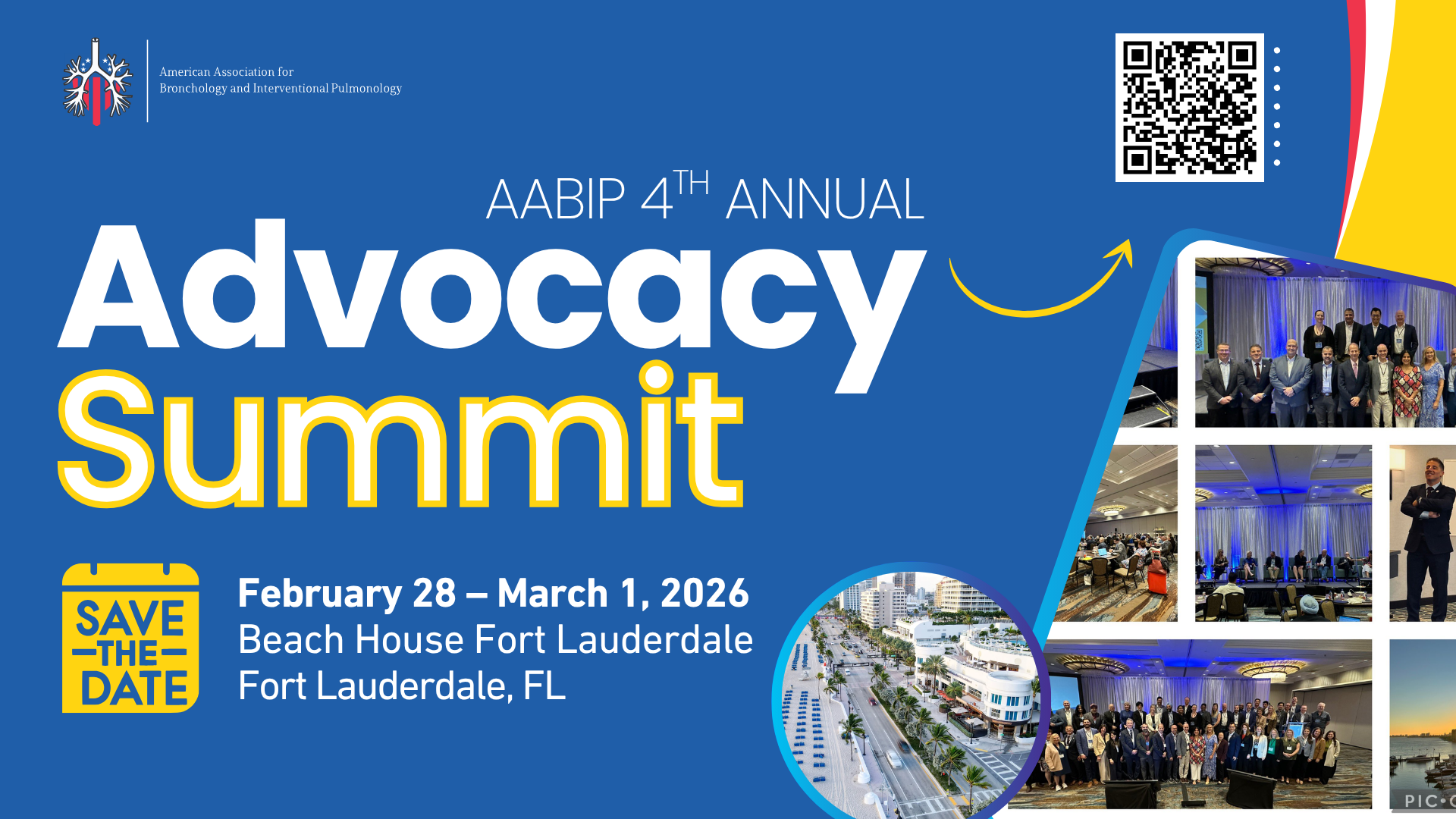AABIP IP Fellow Reading ListBUILDING AN INTERVENTIONAL PULMONARY PROGRAM AND DOWNSTREAM REVENUEFinancial justification for interventional pulmonology programs: terminology and programmatic models https://pubmed.ncbi.nlm.nih.gov/32145243/ Review Reference: Mahajan AK, Bautista J, Hodson E, et al. Financial justification for interventional pulmonology programs: terminology and programmatic models. Chest. 2020;158(3):1115-1121. Summary: A barrier to program growth and development is the perception that IP programs are money-losing endeavors due to poor reimbursement, although hospitals justify programs through potential downstream revenue. Split billing is employed to account for claims submitted by the hospital on current procedural terminology (CPT) codes as well as professional fees provided by the bronchoscopist. If physicians are employed by the hospital, both professional and technical fees are collected by hospitals. Non-hospital employed physicians performing in an outpatient facility or ambulatory surgical center may only collect professional fees with less favorable margins. Various economic terms are defined within the context of IP including total revenue, adjusted gross revenue including differences in payer sources and procedural settings, variable direct cost including the difference between outpatient bronchoscopy suites and operating rooms, contribution margin as a key term assessing viability, sustainability, and growth potential for a procedure, and indirect cost which is not related to direct patient care or a specific care event. The two key steps to support financially sustainable advanced bronchoscopy programs are high procedural volume and low direct cost per case. The collaboration with thoracic surgery is important to maintain high bronchoscopic procedure volume and provide the opportunity for thoracic surgeons to perform more subspecialized surgical procedures resulting in optimization of cost and quality. Minimizing direct cost is often under the control of physicians and includes selecting the location where bronchoscopies are performed, the types of procedures performed, the support staff necessary, and equipment purchases. Developing an interventional pulmonary service in a community-based private practice: a case study https://pubmed.ncbi.nlm.nih.gov/26836941/ Review Reference: French KD, Desai NR, Diamond E, Kovitz KL. Developing an interventional pulmonary service in a community-based private practice: a case study. Chest. 2016;149(4):1094-1101. Summary: This article discusses barriers to the integration of IP within private practice settings and presents an example of a successful model. The initial step is a community-based needs assessment with a focus on regional prevalence of lung cancer as well as the supporting structures available. Adopting IP within a private practice allows general pulmonologists to focus on non-procedural services. Economic buy-in can include cost reduction utilizing EBUS-TBNA over mediastinoscopies, implementation of percutaneous tracheostomies, and additional downstream revenue from new patient referrals for advanced procedures. Responsibilities of key personnel are outlined including the medical director, non-physician practitioner, and administrative support. Implementation of 1-year IP fellowships can be employed in the private practice setting. Once implemented, general pulmonology services often directed basic procedures including bronchoscopy and thoracenteses to the IP service so they can focus on E/M services. This provides for a significant increase in billing for various CPT codes, even previously utilized by general pulmonology providers. The IP practice did not result in cannibalizing existing business. The business of interventional pulmonology https://pubmed.ncbi.nlm.nih.gov/23993825/ Review Reference: Erb CT, Ernst A, Michaud GC. The business of interventional pulmonology. Clin Chest Med. 2013;34(3):583-591. Summary: Discussion regarding payer models for private insurance and Medicare/Medicaid. This article helps to define common terms regarding procedural reimbursement including pay for performance, medical home, ACO, fee for service, and RVUs. Additionally, CPT codes are listed alongside work RVUs as well as modifiers and when to utilize them. Value-based proposition for a dedicated interventional pulmonology suite: an adaptable business model https://pubmed.ncbi.nlm.nih.gov/29859887/ Review Reference: Desai NR, French KD, Diamond EJ, Kovitz KL. Value-based proposition for a dedicated interventional pulmonology suite: an adaptable business model. Chest. 2018;154(3):699-708. Summary: Discussion of strategies employed to promote value-based care in a procedural heavy specialty. It describes the differences between the Advanced Alternative Payment Model and the Merit-based Incentive Payment System. A single center’s experience in developing an IP suite is depicted including bronchoscopy flow, the key components of a business plan including product overview, SWOT, a competitive strategy such as freeing up OR space/time with transitioning IP procedures to endoscopy, and a financial plan with regards to establishing a timeline for a breakeven point. Understanding the economic impact of introducing a new procedure: calculating downstream revenue of endobronchial ultrasound with transbronchial needle aspiration as a model https://pubmed.ncbi.nlm.nih.gov/22315117/ Review Reference: Pastis NJ, Simkovich S, Silvestri GA. Understanding the economic impact of introducing a new procedure: calculating downstream revenue of endobronchial ultrasound with transbronchial needle aspiration as a model. Chest. 2012;141(2):506-512. Summary: Procedural reimbursement alone will grossly underestimate economic impact. Hospital administrators value revenue captured downstream for additional hospital services. Differentiating new patients from established patients as well as those who return to their health-care system of origin (NPBI) compared with those who stay for continued care helps identify patients with the greatest downstream revenue. The duration to capture downstream revenue was estimated at 180 days post-procedure. Also, important to document pre-procedure evaluation out to 30 days to determine additional revenue generation for imaging and consults. Regarding EBUS-TBNA justification through MUSC, noted to have 75% diagnostic yield of malignancy for new patients. Given a private insurance payer mix of 31% and remainder from Medicare, Medicaid, and indigent care, the collections by the hospital from new patients were $2.4 million with $1.97 million generated from technical fees and $440,000 from professional fees. EBUS-TBNA technical fee collections were only $19,174 (albeit billed payments were $70,131). Steps to introduce a new procedure include: needs assessment, environmental scan of resources including space and ancillary support, and addressing issues such as need and availability of training regarding the effect of local competition on estimated procedural volume. Will need to factor in loss of referrals/revenue to another sector within the institution, as well as the time spend on demands, skills, and training. Although this model focuses on EBUS-TBNA, it is applicable to the introduction of other procedural technologies. |








